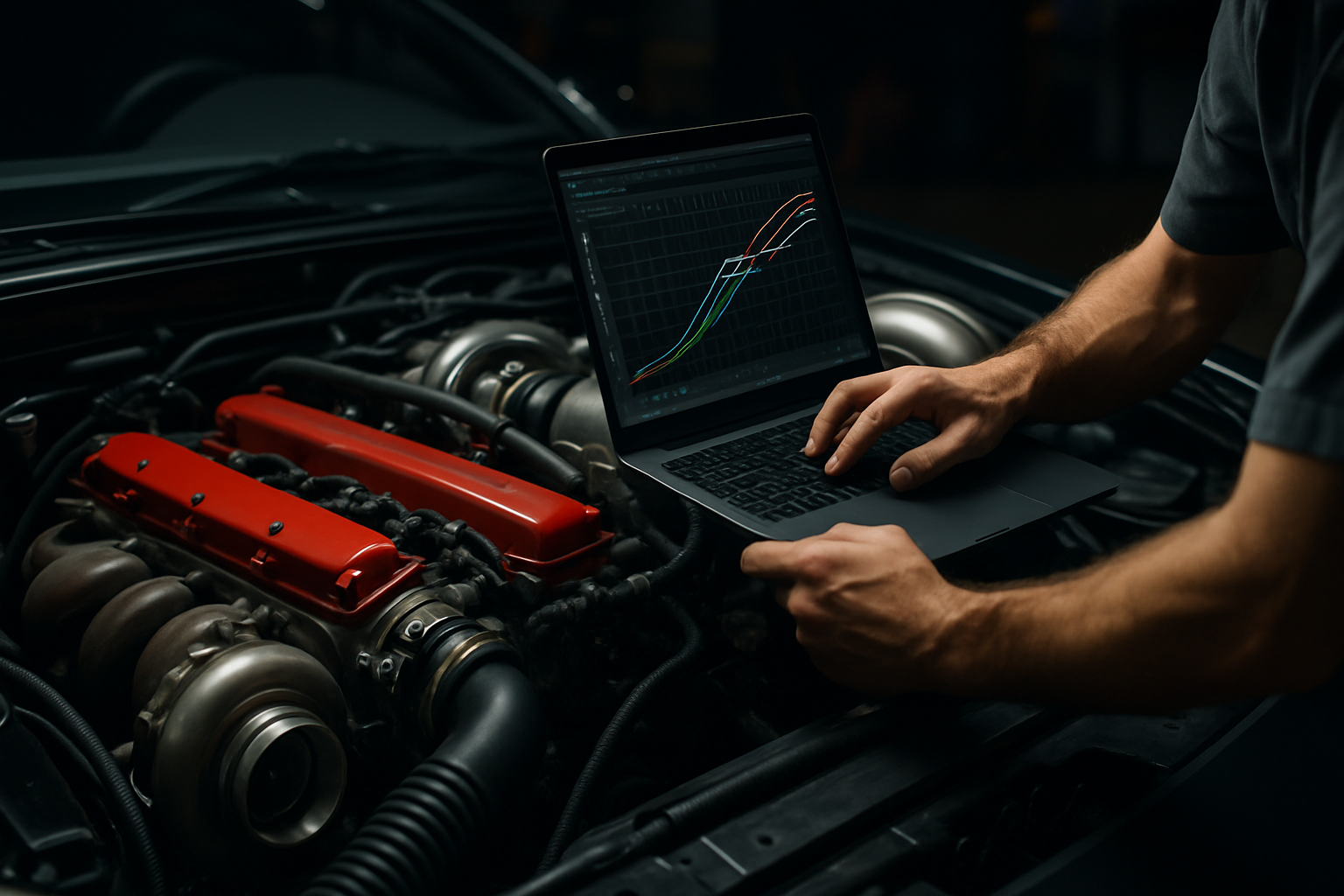Creating backup plans to protect against hardware loss
Hardware failures and accidental loss can interrupt work and erase critical data. Building layered backup plans that combine local copies, offsite or cloud storage, and well-tested recovery procedures reduces risk. Regular maintenance, diagnostics, and attention to peripherals, batteries, and cooling systems help prevent incidents that trigger data loss.

Effective protection against hardware loss starts with a clear plan that separates prevention from recovery. Prevention reduces the chance of failure through maintenance, cooling, and firmware updates, while recovery ensures that if hardware fails you can restore systems and data quickly. A resilient strategy uses multiple backup methods, organized storage, routine diagnostics, and documented troubleshooting steps so teams or individuals can respond with minimal downtime.
How do backups protect against hardware loss?
Backups create replicas of important files, system images, and configuration data so that physical failures — drive crashes, smashed laptops, or corrupted peripherals — don’t result in permanent loss. Use a combination of full system images for quick restores and incremental or differential backups to save space while preserving recent changes. Keep at least one copy offsite or in the cloud to protect against theft, fire, or natural disasters, and verify backup integrity with periodic restore tests to confirm data is readable and complete.
What storage strategies reduce data loss risk?
Choose storage strategies that balance performance and redundancy: RAID arrays and network-attached storage can provide local redundancy, while cloud storage offers geographic separation. Store critical data on reliable media with regular maintenance, and use versioning to recover from accidental edits or corruption. Label and catalog external drives and archival media to avoid confusion. Encryption protects data at rest, but ensure encryption keys or passwords are stored securely and recoverably outside the primary device.
How can maintenance and cleaning extend longevity?
Routine maintenance and cleaning reduce the likelihood of hardware failure and extend device longevity. Dust buildup affects cooling, causing higher temperatures that accelerate wear on components like batteries and storage controllers. Cleaning vents, inspecting fans, and replacing thermal paste when necessary help maintain performance. Regularly check battery health and replace batteries that exhibit excessive degradation; this prevents sudden shutdowns that can corrupt files and backups.
When should diagnostics and troubleshooting be performed?
Run diagnostics proactively and after any unusual behavior. SMART checks for drives, memory tests, and firmware logs can reveal early signs of impending failure. Troubleshooting workflows should include isolating the failing component (storage, power, peripherals), testing with known-good replacements, and consulting firmware or system logs. Maintain a checklist for troubleshooting that maps symptoms to likely causes and actions, so less-experienced users can follow consistent steps during an incident.
What role do firmware, upgrades, and repairs play?
Keep firmware and drivers up to date to address compatibility issues and security vulnerabilities that can cause instability. Planned upgrades—whether to storage devices, cooling solutions, or peripherals—can improve performance and reduce failure rates, but apply updates in controlled steps and maintain backups before major changes. For repairs, use qualified technicians and document serial numbers and warranty details. Retain spare parts for critical machines when feasible to shorten repair times and restore operations faster.
How do security, peripherals, battery, and cooling affect recovery?
Security measures and peripheral behavior influence both the risk of loss and recovery complexity. Malware or unauthorized access can corrupt backups if they have write access; segment backup storage and use access controls to limit exposure. Peripherals like external drives should be safely ejected and powered correctly to avoid data corruption. Battery failures and cooling issues often precede abrupt shutdowns or component stress—monitor battery health and temperature sensors as part of a broader monitoring strategy to detect conditions that might require immediate backups or maintenance.
Creating a practical backup plan requires combining technical safeguards with routine habits: automated backup schedules, clear labeling of media, documented restore procedures, and periodic drills. Prioritize critical systems and data for faster recovery, and maintain a culture of verification so backups remain reliable. With layered backups, proactive maintenance, and tested troubleshooting processes in place, hardware loss becomes an interruption rather than a catastrophe.





